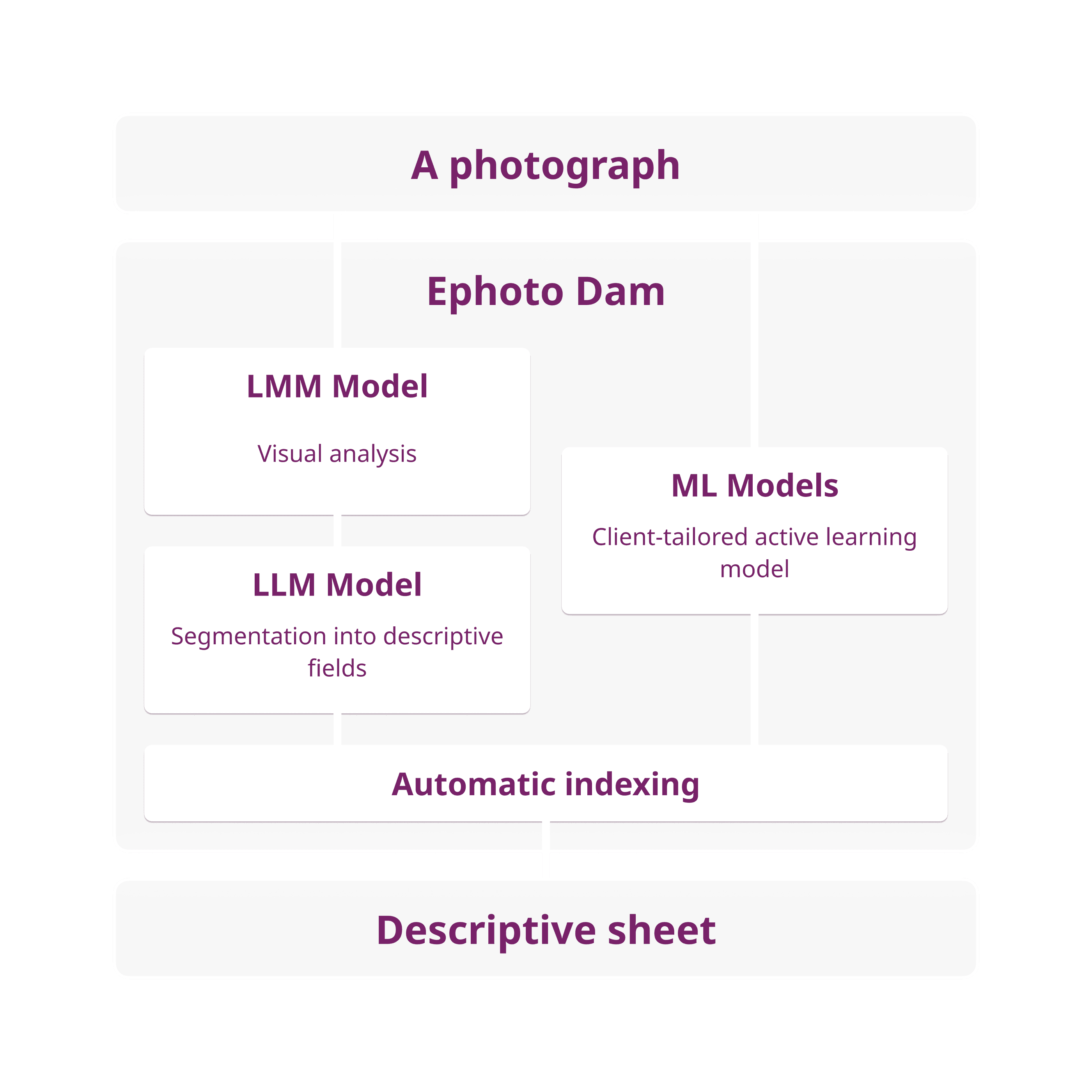
Multiple challenges for the Ephoto Dam solution
The DAMIA Lab common lab is positioned at the heart of DAM issues with its main focuses on semi-automatic indexing, the development of new methods from AI and augmented research.
Thanks to this unparalleled R&D program, Einden and the XLIM institute anticipate and support DAM users in their needs. Research and innovation are more than ever at the heart of the Ephoto Dam solution strategy.
At a time when media volumes to be processed are exploding, the Ephoto Dam solution offers solutions to its managers by positioning it as the conductor of an artificial intelligence that eases daily work. Far from replacing it, AI helps to rough out, suggest, sort, and propose solutions allowing the expert to focus on tasks requiring their expertise.
For the user, it is a search that becomes increasingly smarter to offer personalized and relevant content so that the search time/indexing time ratio remains positive.
The uniqueness of DAMIA Lab is its attachment to the client corpus. It is useless to tell an airplane manufacturer that AI recognizes an airplane in the image. However, DAMIA Lab will be able to recognize the model of the airplane and even its finish based on the work already provided by the expert. This latter will continuously correct the AI directly or by adding new content, so that the service remains efficient.
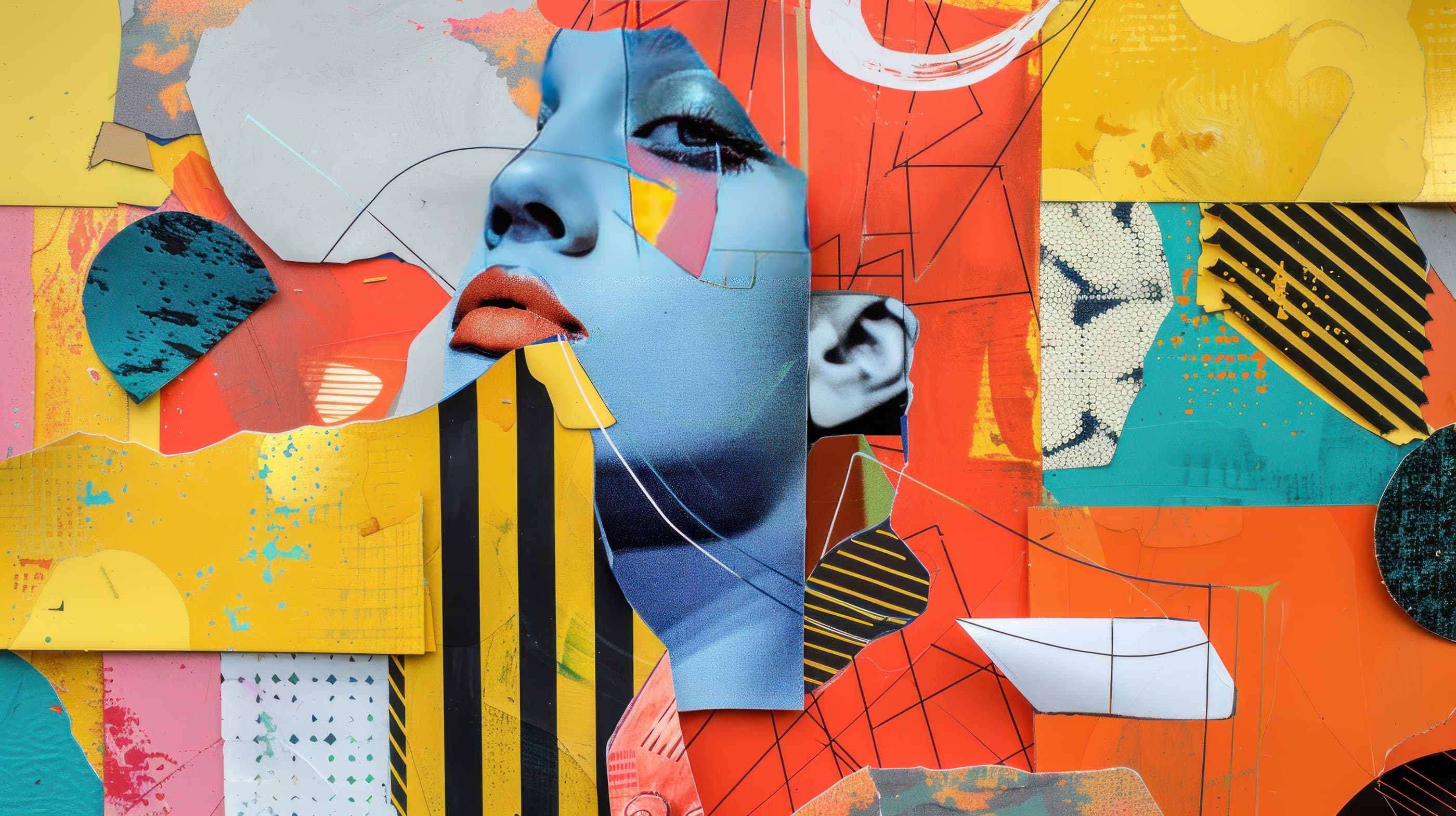
Research and innovation at the heart of our strategy
In December 2021, Einden and the XLIM research institute (CNRS, University of Poitiers, University of Limoges) joined forces to create the first ANR LabCom dedicated to DAM. A joint R&D lab for indexing and searching via artificial intelligence in thematic digital asset databases.
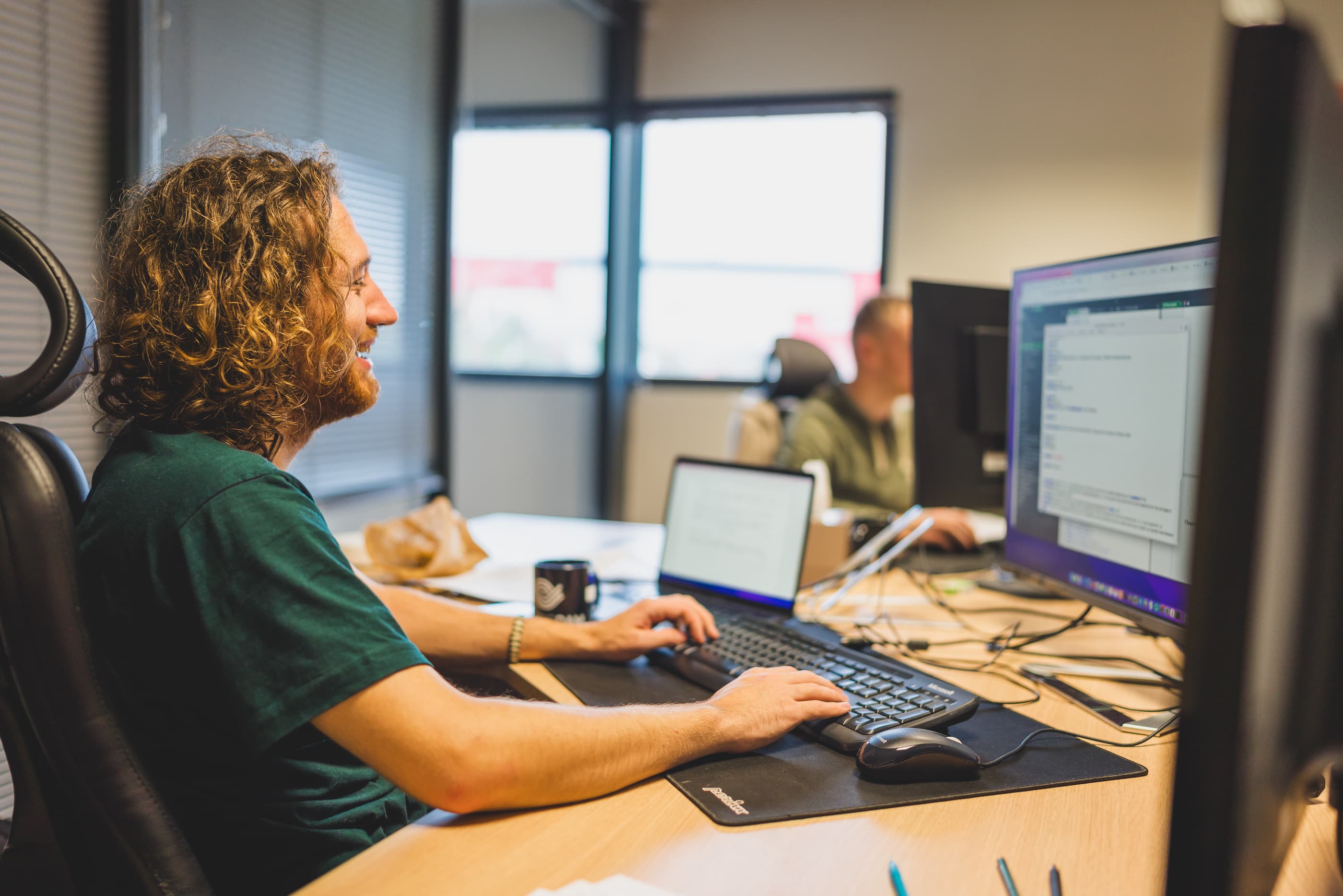
Why a joint R&D lab?
As part of a European digital sovereignty approach, we work to advance the state of the art in the DAM field and develop ambitious new features around the Ephoto Dam solution. This public-private partnership allows us to pool our human, financial, and material resources and combine our expertise in iconography and machine learning to create sovereign AIs integrated into the Ephoto Dam product.
Artificial intelligence applied to DAM
This collaboration, marked by innovation and scientific challenge, is a long-term partnership that is part of the DNA of Einden and the XLIM institute.
For many years, the XLIM laboratory has contributed to the R&D of the Ephoto Dam solution. As early as 2012, Einden and XLIM collaborated on features such as automatic detection of similar images, digital watermarking, and depth of field detection through artificial intelligence. In 2013, a first research engineer and Ph.D. from the institute joined Einden.
Since 2020, the two structures have participated in the AI4industry Workshop with Master's students from the University of Poitiers, aiming to develop original and innovative algorithmic solutions. In 2022, our team won the competition and presented the results of their work at the Dataquitaine Agora.
In 2022, Einden and the XLIM institute hosted a Ph.D. holder, a research engineer, and students in Artificial Intelligence in their premises. This project thus contributes to the training of future research engineers in Poitiers while tackling industrial challenges of the Ephoto Dam solution.
Multiple challenges for the Ephoto Dam solution
The DAMIA Lab common lab is positioned at the heart of DAM issues with its main focuses on semi-automatic indexing, the development of new methods from AI and augmented research.
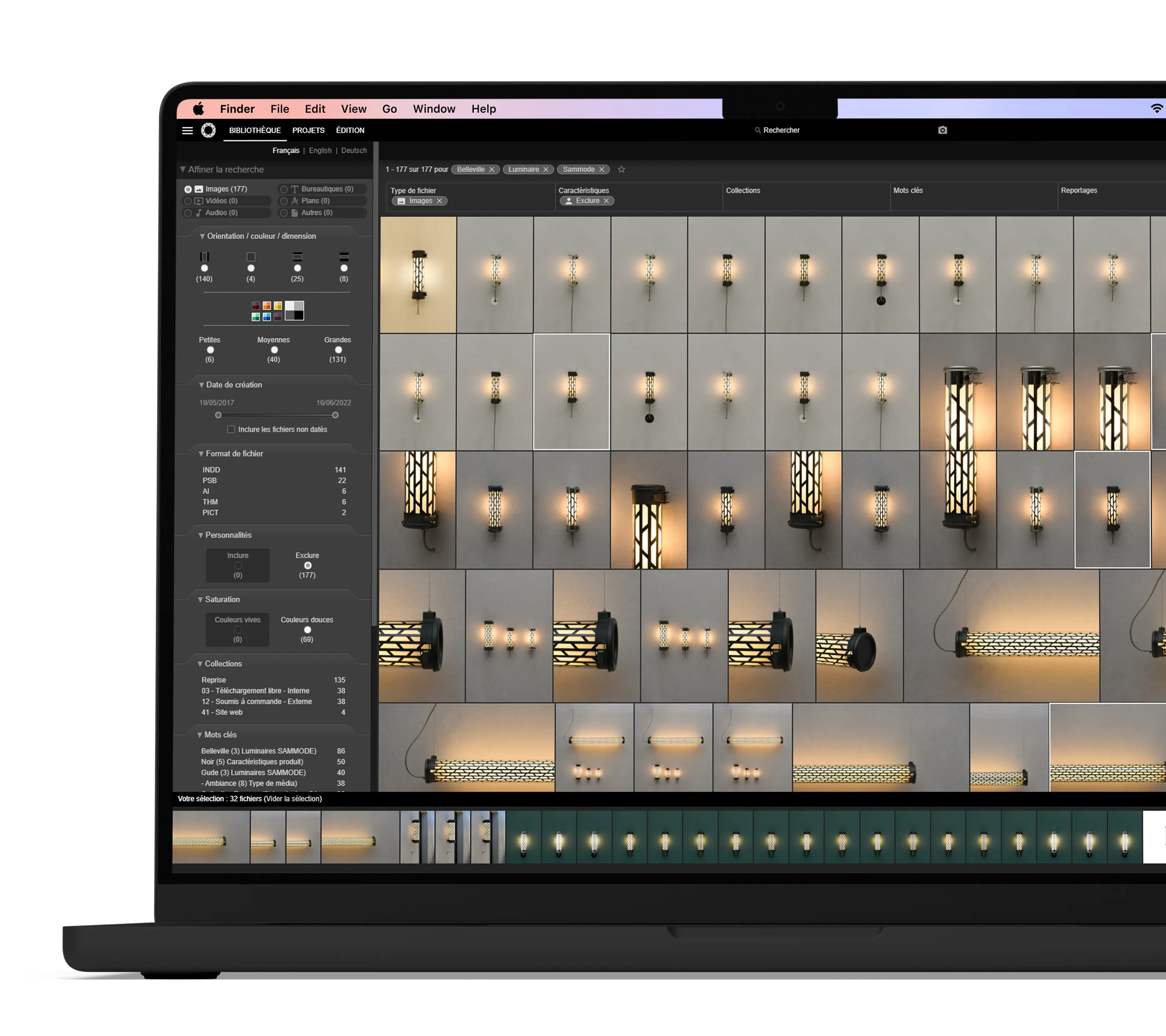
Project stakeholders
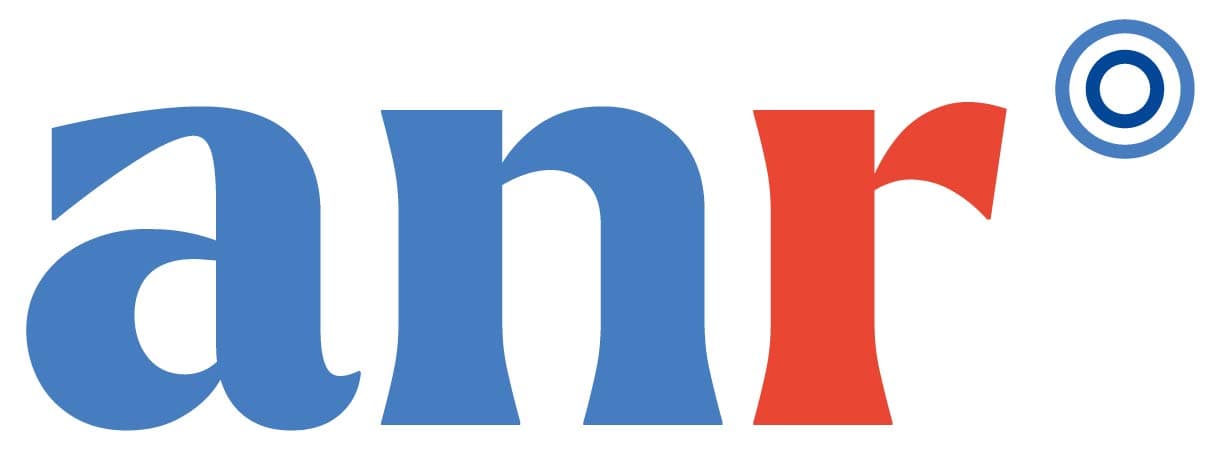
The ANR (National Research Agency) is a public institution that funds and promotes research projects between the public and private sectors.
The CNRS (National Center for Scientific Research) is the largest research organization in Europe and a key player in innovation. It created its 200th joint laboratory in November 2021. It places particular importance on the valorization of its laboratory results toward the socio-economic world and relationships with industries.
The University of Poitiers strongly supports this model, and the institution is one of the universities with the most LabComs in France. It makes it a strategic focus. Furthermore, this project fully integrates into the Mathematics and Digital Campus of the University of Poitiers (65 research professors), which revolves around the LIAS, LMA, and XLIM laboratories (UMR7252 – Poitiers site), a campus led by Philippe Carré, academic coordinator of the DAMIA Lab LabCom.
The research institute CNRS XLIM (500 people) is one of the recognized laboratories in information and communication sciences and technologies (STIC) and has mastery over the entire digital chain through its different teams. Within XLIM, the Icones team involved in this ANR LabCom project (30 permanent and non-permanent researchers) has organized its activities around image and video processing, characterization, and analysis.